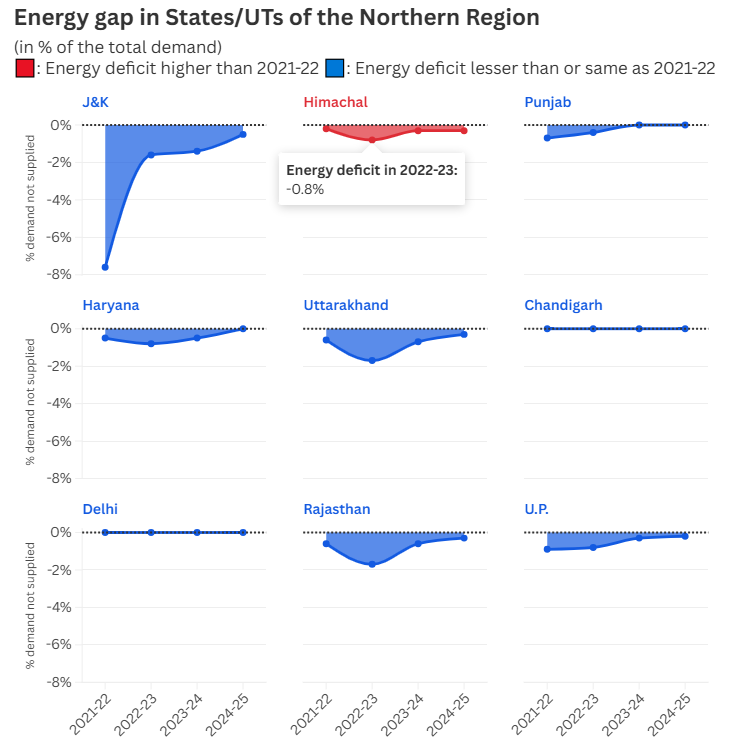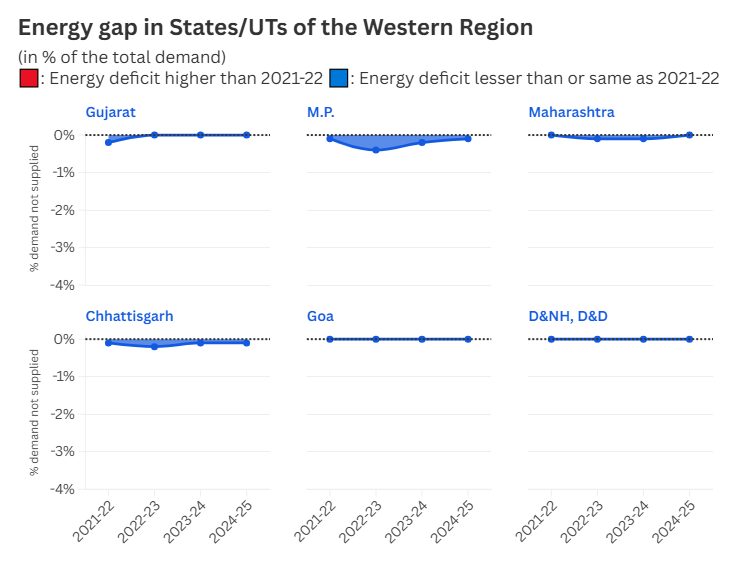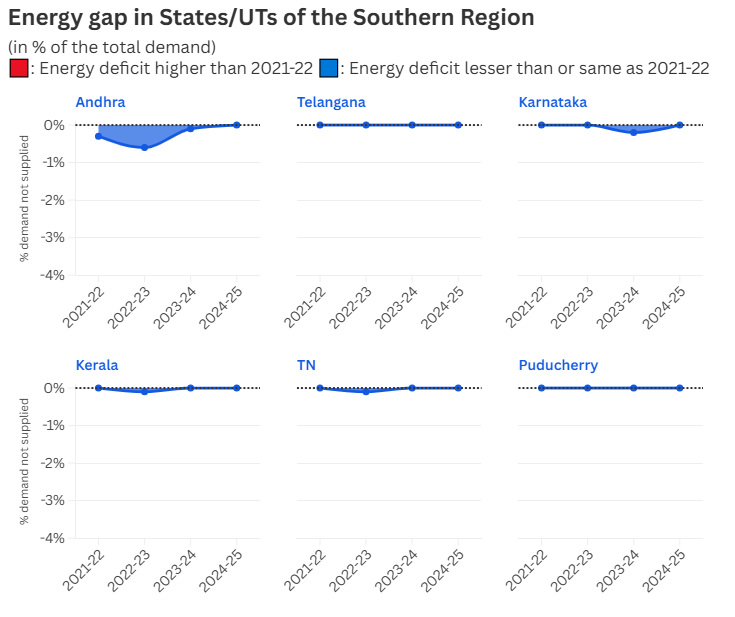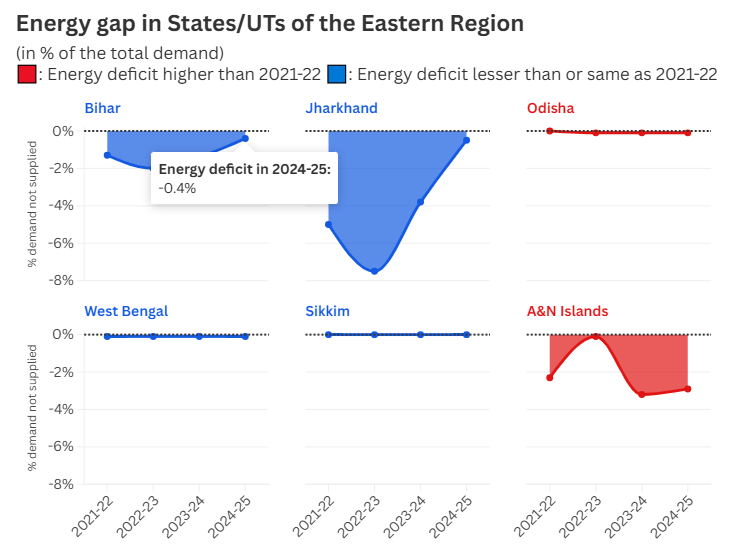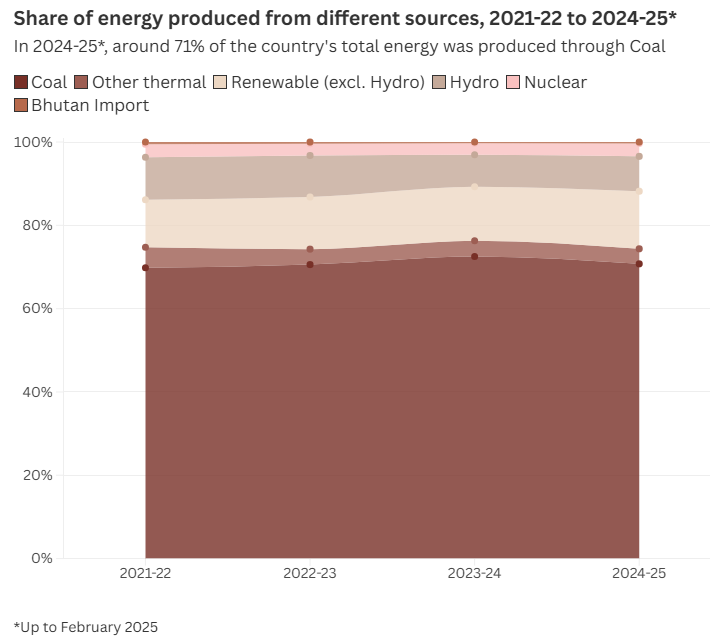7667766266
enquiry@shankarias.in
Mains Syllabus: GS III - Infrastructure: Energy.
Recently Union Power Minister informed the parliament that India has been transformed from a power deficit to a power sufficient nation in past ten years.
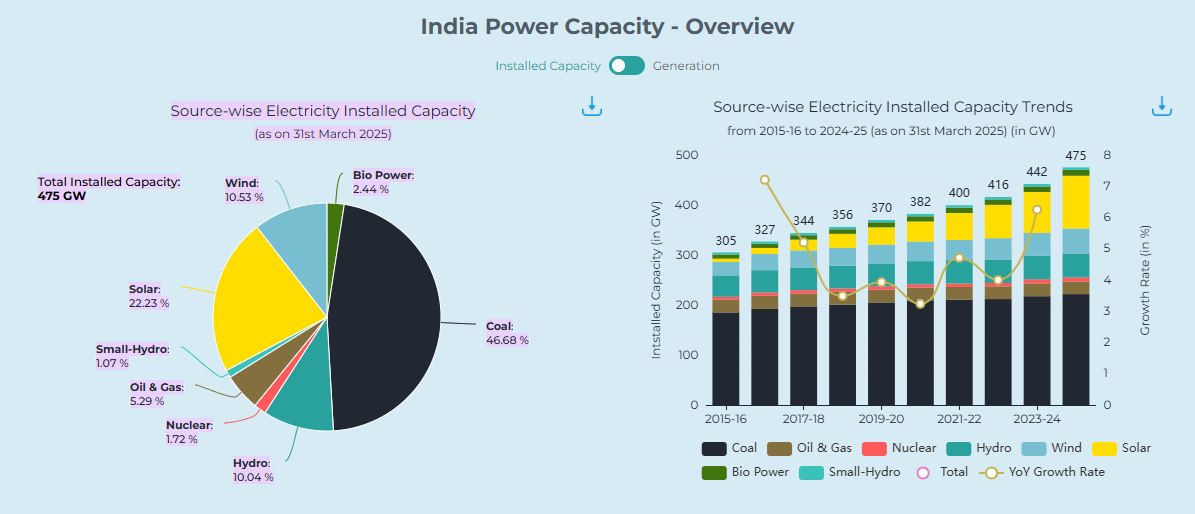
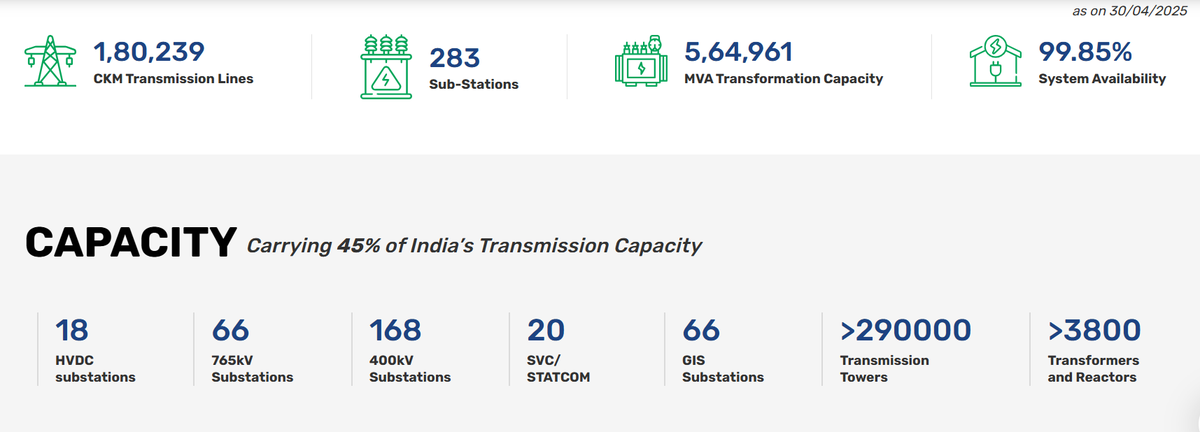
|
Functions of Power Grid Corporation of India |
|
How are States bridging the power gap?
